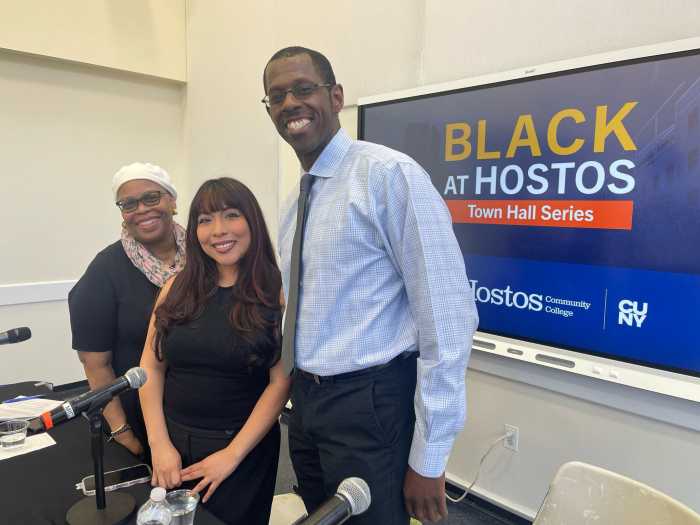“Inclusion Revolution: The Essential Guide to Dismantling Racial Inequality in the Workplace” by Daisy Auger-Domínguez
c.2022, Seal Press
$30.00
352 pages
Everybody in.
The meeting’s about to start, the train is leaving soon, the car is idling, so pack it up and let’s go. We’re not leaving anyone behind and nobody can complain about being out of the loop if we’re together, so everybody in. With “Inclusion Revolution” by Daisy Auger-Domínguez, we can be sure that no one’s missed.
The best there is. Now that the world seems to be getting a little closer to normal, that’s what you want for your business: the best employees for the positions you have open. And now, says Auger-Domínguez, is the best time to add inclusivity to your hiring practices.
To start the “Inclusion Revolution,” she says, “commit to… understanding who you are and what… barriers” your business has when it comes to BIPOC employees. Don’t allow yourself to say it’s “always been done” this way or that because even if it has, things can change.
Be sure to discuss your ideas with everybody on your team, and ask for careful referrals. Auger-Domínguez says that going the “friends and family” route may have worked before but studies show that recommendations from those categories often result in new hires that are the same as current employees in race, gender, and identity.

Use your privilege for change, but remember that “Privilege is a transient concept.” Be bold with your goals and willing to acknowledge that progress is good but there’s always room to do better. Know the legalities of inclusive interviewing and hiring, and make sure all managers are aware, too. Try to ignore resumes or, at the very least, cover the names on them before you look them over; likewise, know how to use the right language when recruiting. Change the way you interview by asking “better… questions.” Strive to focus on “culture add” rather than “culture fit.” Use a good balance of mentorship and sponsorship to help employees get accommodated. Expect that you’ll get uncomfortable now and then. And finally, check yourself constantly: what if you’re the problem?
Chances are that if you’re a manager or business owner, yours is not strictly an 8-to-5 job; you probably put in a considerably longer day. And if you plan on tackling “Inclusion Revolution” by yourself, you can count on some very late nights for awhile, too.
Indeed, there’s a lot to unpack inside this book — almost a full-time job’s worth of information to know, understand, and implement to do this thing right. The reward, as author Daisy Auger-Domínguez suggests, lies in a newly-diverse group of employees with a wider breadth of experiences to enhance your product.
And yet, judging by this advice-packed book, this won’t be easy; some businesses may even find that implementing this book could be a serious challenge. In that case, readers may get the feeling that Auger-Domínguez has merely scratched the surface of what there is to do.
Still, you have to start somewhere and this book is a good beginning. “Inclusion Revolution” may be overflowing, but it’s what you want when you’re all in.



























